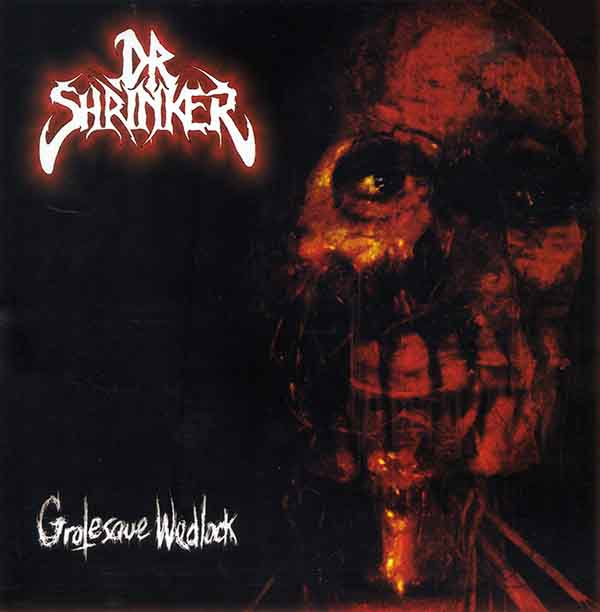
The Gentleman’s Art of Wet Shaving.
For those of us who steadfastly refuse to follow the beard trend (like it or not, beards are trendy — thanks hipster scum), shaving is an everyday routine that, at times, feels like a chore rather than a pleasurable experience. It doesn’t need to be this way. With a small investment of $40.00 – $50.00 you can turn your daily shave into a pleasurable ritual that takes you back to a simpler time, when gentlemen prided themselves on a clean, close shave. If this interests you, throw your disposable multi-blade razor and chemical filled shaving cream in the trash and embrace the gentleman’s art of wet shaving.
Wet shaving can best be described as “the kind of shaving your grandfather did.” It involves the use of a safety razor, a shaving brush, shaving soap, and a handful of other supplies.
GATHER YOUR TOOLS
The safety razor is the most important part of your shaving arsenal. Sadly when most think of them, the first thing that comes to mind is a bloody, nick filled face. I assure you this preconception is not true, and with proper technique using a safety razor is just as safe as shaving with the razor you are using now.
Safety razors are beautiful works of art crafted from a wide variety of metals and plastics, and choosing the one that’s right for you is simply a matter of personal choice. If you’re new to wet shaving, a great razor to begin with is the Edwin Jagger DE89811BL, it’s a gorgeous chrome plated razor that is weighty, easy to maneuver and not terribly aggressive.
Safety razors use a double-edged blade that fits into a receiver. The receiver allows only a small amount of the blade to protrude through it. That’s where the “safety” part of the razor comes into play. The blades cost about 10 cents a piece — far cheaper than those multi blade cartridges that you pay big bucks for, and range in sharpness from mild to deadly. For beginners, the Derby Extra is an excellent choice. For the more adventurous, the Feather is considered by many to be the king of the hill in sharpness.
Once you’ve chosen your razor and blades, it’s time to find the right brush and soap. Ideally, a badger hair shaving brush should be chosen because it balances stiffness and softness perfectly. A good brush is critical in helping you build a nice lather as well as raising your whiskers for a close shave, so choose wisely.
Choosing a shaving soap is a matter of personal choice, and there are literally hundreds of them in the market. Even the cheapest ones will be better than the chemically laced mass market shaving cream you’re using now. Most shaving soaps come in a tin, but if the one you choose doesn’t, you’ll have to purchase a shaving mug. I use a wide variety of soaps, depending on my mood in the morning. If you want an invigorating menthol zing to your face, try Proraso Green Label, if you want a spicy and warm feeling, try The Blades Grim “Smolder” (my personal favorite).
TIME TO SHAVE
Once you have your weapons together, it’s time for your first wet shave. Remember, if you savor the experience and embrace the ritual, you’ll never go back to modern day shaving again.
Step one: Wash your face with warm water — this helps open your pores, soften your whiskers and prepare your face for shaving. If you really want to go old school, put a warm damp towel on your face for a few minutes.
Step two: Wet your shaving brush thoroughly with warm water, shake it out and begin building lather with your soap. Using a light touch, go in a clockwise direction with the brush until it is coated with some lather. If you don’t have enough lather, wet the brush a little more. Once you have a nice lather, take the brush cover the entire shaving area of your face by using a circular motion. This will help increase lather as well as lift your whiskers. Let the lather sit on your face for a minute before proceeding to step three.
Step Three: Now it’s time to shave. You’ll want to hold the razor against your face at a 30-degree angle from the floor. This angle should just allow the edge of the blade to touch your skin.
When applying pressure, forget everything you know about using a disposable razor. Most of these use sub-standard blades that are grouped together, and you’re probably used to pushing against your skin. With wet shaving, little or no pressure is needed to achieve optimal results; you simply hold the razor gently against your skin and let the weight of the razor do the work for you.
In short, slow strokes, do a single pass with the grain of your hair growth. If you’re able to, pull the area you are shaving taught in order to get a truly close shave. Once you complete this first pass, re-lather with your brush and do a second pass against the grain. Patience is the key — take your time, and as stated before, enjoy the experience.
Step Four: Once you’re done, rinse your face with cold water to cool and tighten your skin. Don’t’ forget to clean your shaving gear thoroughly as well. If you like, follow up with a nice aftershave (not a cologne). If you want to stay in old school mode, try Pinaud Clubman. It smells absolutely hideous out of the bottle, but once it mixes it with your skin’s oils, you’ll instantly smell like a real man, not an effeminate metrosexual — think Patton, Eisenhower and Humprey Bogart here….you get the picture. As an added bonus, the Pinaud also cools your skin nicely.
The whole wet shaving process takes about 15 minutes, but in the end you’ll be richly rewarded with a superior shave, great skin and a new relaxing ritual that will certainly make your day a little bit brighter.
Once you’ve mastered the art of using a safety razor, you can really step up your game and try a straight razor. That’s where the serious fun begins.
22 CommentsTags: beards, facial hair, grooming, razor, razors, shaving, wet shaving













